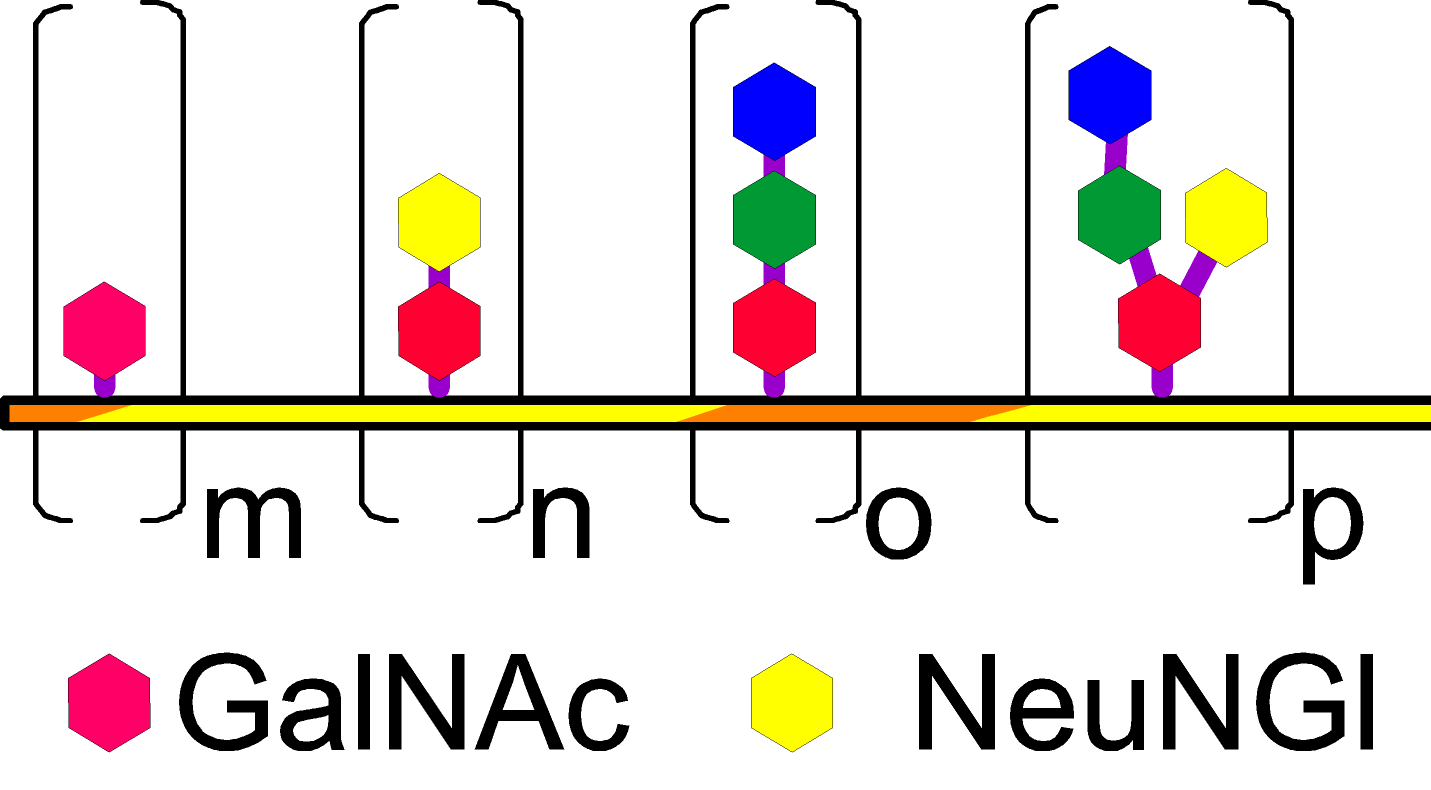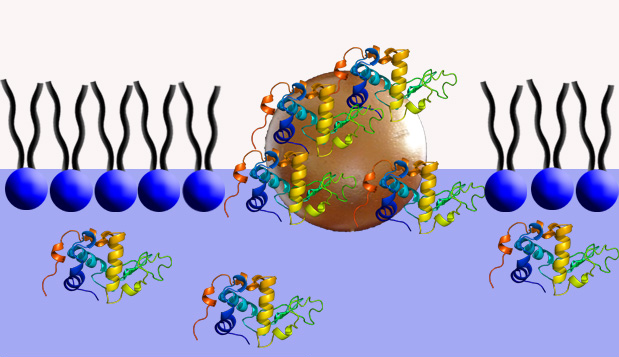Bionanotechnology - NTNU Nano
Bionanotechnology
 Photo: Geir Mogen
Photo: Geir Mogen
Bionanotechnology comprises nanotechnology which makes use of biological materials indirectly as a source of inspiration or directly in fabrication of new materials. In addition, bionanotechnology covers development of nanoscale systems for interaction with biological systems.
Through millions of years, many plants and animals have developed unique methods for production of materials with extreme and specific properties. Just think of the strength and elasticity of a spider net or the fantastic colours of many butterflies and insects. Nature also demonstrates a unique ability of organizing and structuring materials at the molecular level, through complex recognition processes.
By studying naturally occurring materials at the nanolevel we may acquire inspiration and necessary knowledge for creation of new materials with unique properties. This is a rapidly growing and exiting field with many applications within eg. medical diagnostics and target seeking medicines.
Some examles of our research
Nanomedicine and image-guided CNS repair
 Incorporation of T2/T2* contrast agents into cells for visualisation by MRI and combining them with T1 contrast agents for simultaneous assessment of neuronal circuit integrity and axon-regenerative responses to treatment has been achieved. This approach is now being applied in designing and testing novel nanoparticles for multimodal molecular and cellular imaging as well as gene and drug delivery for repair of experimental CNS lesions.
Incorporation of T2/T2* contrast agents into cells for visualisation by MRI and combining them with T1 contrast agents for simultaneous assessment of neuronal circuit integrity and axon-regenerative responses to treatment has been achieved. This approach is now being applied in designing and testing novel nanoparticles for multimodal molecular and cellular imaging as well as gene and drug delivery for repair of experimental CNS lesions.
Read more about this here.
Mucin self-interactions at the nanoscale
 Mucins, being linear O-glycosylated glycoproteins involved in inflammation, cell adhesion, and tumorigenesis were investigated with emphasis on mucins expressing T and Tn cancer antigen.
Mucins, being linear O-glycosylated glycoproteins involved in inflammation, cell adhesion, and tumorigenesis were investigated with emphasis on mucins expressing T and Tn cancer antigen.
Read more about this here.
Emergent membrane-affecting properties of BSA–gold nanoparticle constructs
 Gold nanoparticles possess unique optical and surface properties and represent promising materials as e.g. drug delivery vectors, biomarkers and folding templates for proteins. Adsorption of bovine serum albumin (BSA) onto gold nanoparticles (Aunps) resulted in partial unfolding of the protein. Read more about this here.
Gold nanoparticles possess unique optical and surface properties and represent promising materials as e.g. drug delivery vectors, biomarkers and folding templates for proteins. Adsorption of bovine serum albumin (BSA) onto gold nanoparticles (Aunps) resulted in partial unfolding of the protein. Read more about this here.
Active groups
- Group of bionanotechnology
- Medical physics - drug delivery
- The Ugelstad laboratory
- NorMIC, The Norwegian Molecular Imaging Consortium
